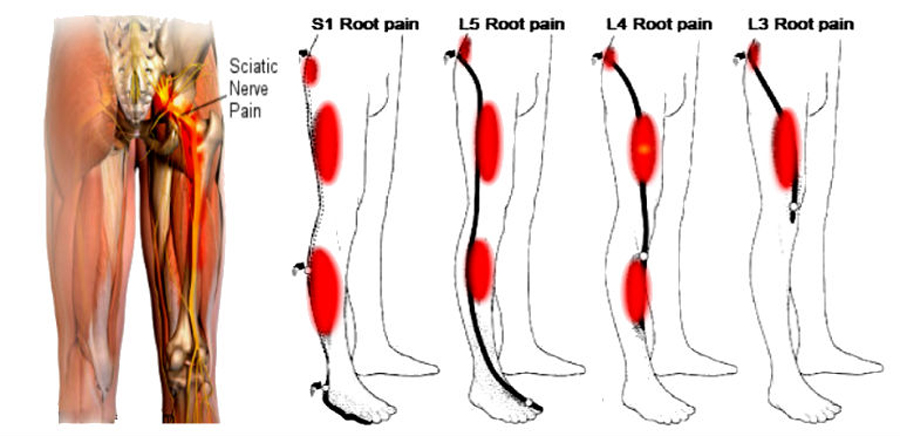Take the Guideline Challenge
Take the Guideline Challenge
SOURCE: ACA News ~ May 15, 2017
By Christine Goertz, DC, PhD
Dr. Goertz is senior scientific advisor for the ACA. She also serves as vice chancellor for research and health policy at Palmer College of Chiropractic and is the CEO of the Spine Institute for Quality (Spine IQ)
In my last blog post, I talked about the unprecedented opportunity the chiropractic profession has to make a critical difference in areas of great public health impact, such as low back pain. I strongly believe that if we do the right thing right now, the chiropractic profession is uniquely positioned to significantly impact the quality of spine care delivery, increasing access to chiropractic care for millions of patients who desperately need conservative treatment for spine-related conditions. The flipside is that if we don’t take right action now, chiropractic risks becoming a marginalized profession that’s on the outside looking in as other health care providers take ownership of musculoskeletal conditions and spinal manipulation.
So what is right action? Recently, I asked this question of several of my colleagues who influence policy at the highest levels of research and/or health care delivery in the United States. One of those people was Francis Collins, MD, PhD, director of the National Institutes of Health. [1] Dr. Collins responded by saying:
Chiropractic’s commitment to evidence-based practice and to addressing gaps in the scientific basis of chiropractic care is vital for the progress of the field. Robust research on the safety and effectiveness of chiropractic therapies in the management of common musculoskeletal complaints must continue to be a high priority for the profession. Advancing evidence-based chiropractic care will further the integration of chiropractic into medical systems at a time when the need for effective approaches to improve outcomes for patients with chronic pain could not be more pressing.
There are more articles like this @ our:
Low Back Pain Guidelines Page and the:


